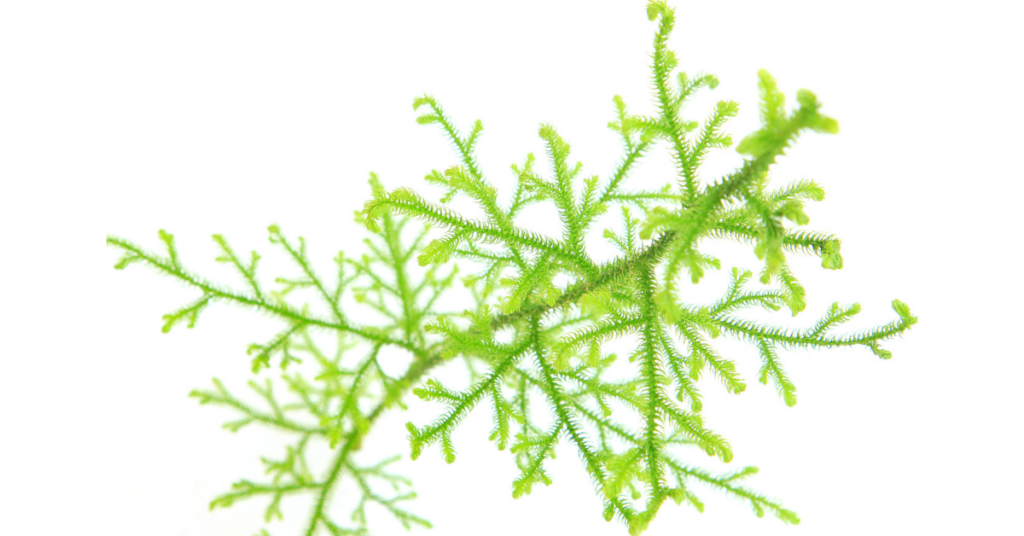Lycopodium – Homeopathic Remedy
Lycopodium (Lycopodium clavatum)
What do pill coatings, theatrical stage lightning, and fireworks all have in common? They have at one time or other contained the vital ingredient ‘lycopodium’.
The Arabs have used this plant for centuries to treat digestive disorders and kidney stones. Its main use in homeopathy is a continuation of this Arabic tradition. Lycopodium has also been utilised as a gout remedy for thousands of years.
Other names: Clubmoss, wolf’s claw, vegetable sulphur, stag’s-horn, running pine.
Description and places it grows in
Club moss consists of numerous upright forked stalks crowned by spore cases, containing spores, which in turn produce a yellow powder. The plant is commonly found amidst the moors, forests, and mountains of central and northern Europe and north America.
Parts used
Powder and spores.
Uses
Homeopaths may prescribe this remedy for:
Digestive disorders displaying the following symptoms: Indigestion, heartburn, sickness, nausea, wind, bloatedness, constipation.
Kidney stones displaying the following symptoms: Red-coloured urine containing a sand-like sediment.
Enlargement of the prostate gland.
Piles or haemorrhoids displaying the following symptoms: Bleeding.
Fear and anxiety displaying the following symptoms: Sleeplessness, nightmares, pre-examination nerves, stage fright, chronic insecurity.
People taking this remedy will feel worse: Between 4pm and 8pm; in warm, stuffy rooms; in tight fitting clothes; from overeating; during the spring.
People taking this remedy will feel better: In the cool, fresh air; after a hot meal or drink; on loosening tight clothing; with moderate exercise; at night.
People suitable for lycopodium are generally clever and rather solemn high flyers, appearing on the surface to be independent and confident, but in reality lacking self-esteem. They are often intolerant of weak or ill people, sociable – at a distance – and can be prone to infidelity. Their physical appearance is commonly tall, thin and pale, with receding hair, or hair that greys prematurely. Lycopodium people often have weak muscles, and tire easily after exercise.
The information given on this site about homeopathic remedies is just a general overview. Classical homeopathy takes all the patient’s symptoms into account and prescribes upon the “Totality of Symptoms”, thus finding the precise remedy that matches the patient’s symptoms perfectly.
Here, at The CMA we recommend that anyone interested in learning more about homeopathy and the fascinating remedies that homeopaths use should take an introduction course to homeopathy, which will help you to understand how to become a good home first-aid prescriber. This is ideal for ‘acute symptoms’. However, if you want to learn more – with a view even to becoming a professional homeopath, who is educated highly enough to be able to treat chronic conditions, you’ll need to be prepared to spend many years learning this vast and fascinating topic – along with anatomy, physiology and pathology, history of medicine, homeopathic philosophy, and much more. You’ll find both kinds of courses here on this site – head to our section on Find a CMA Member and search under CMA Registered Training Schools.


